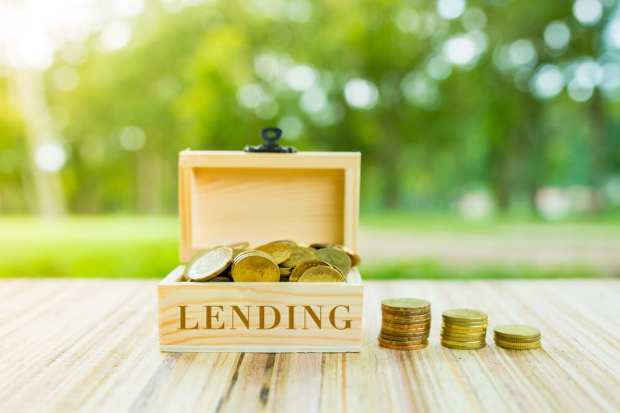Nonbank Lending Hits $52T, With US Assets At $15T

Nonbank lending – also known as “shadow banking” – has seen its assets hit $52 trillion, despite the fact that the sector poses significant risks.
As CNBC reported, these companies, which have been subjected to less regulation than traditional banks, have seen a 75 percent jump from 2010, the year after the financial crisis ended. The nonbank sector played a large part in the crisis because it gave loans to underqualified borrowers, while also providing financing to many of the investment instruments that collapsed at the same time as subprime mortgages.
Data has also shown that shadow banking‘s share of “collective investment vehicles,” which includes bond funds, hedge funds, money markets and mixed funds, have increased by 130 percent to reach $36.7 trillion. In addition, nonbank financials have grown 61 percent to $185 trillion. By comparison, traditional bank assets had a 35 percent boost to reach $148 trillion during that same period.
While the U.S. still makes up most of the sector with $15 trillion in assets, China’s $9.1 trillion shadow banking industry is actually on the decline. In fact, the country’s regulators have gotten tough in recent years, causing outstanding loans in the sector to fall to ¥61.3 trillion ($9.1 trillion USD) last year, down about 6.5 percent from the end of 2017 and hitting their lowest level since 2016.
In his annual letter to investors, JPMorgan Chase CEO Jamie Dimon warned about the risks of shadow banking, writing that “the growth in non-bank mortgage lending, student lending, leveraged lending and some consumer lending is accelerating and needs to be assiduously monitored.”
And bond ratings agency DBRS revealed the three major risks the sector poses when there is market stress, including a lack of structure to handle times of low liquidity and heavy withdrawals, not enough expertise during periods of weakening credit conditions and a lack of earnings diversification when some parts of the markets are falling.
“A sharp rise in rates would impose sizable mark-to-market losses and diminish fund returns,” DBRS explained. “In some circumstances, this deterioration in performance might result in large investor outflows and greater potential for forced asset sales. Such outflows might spill over into other funds and the markets more broadly.”
